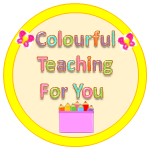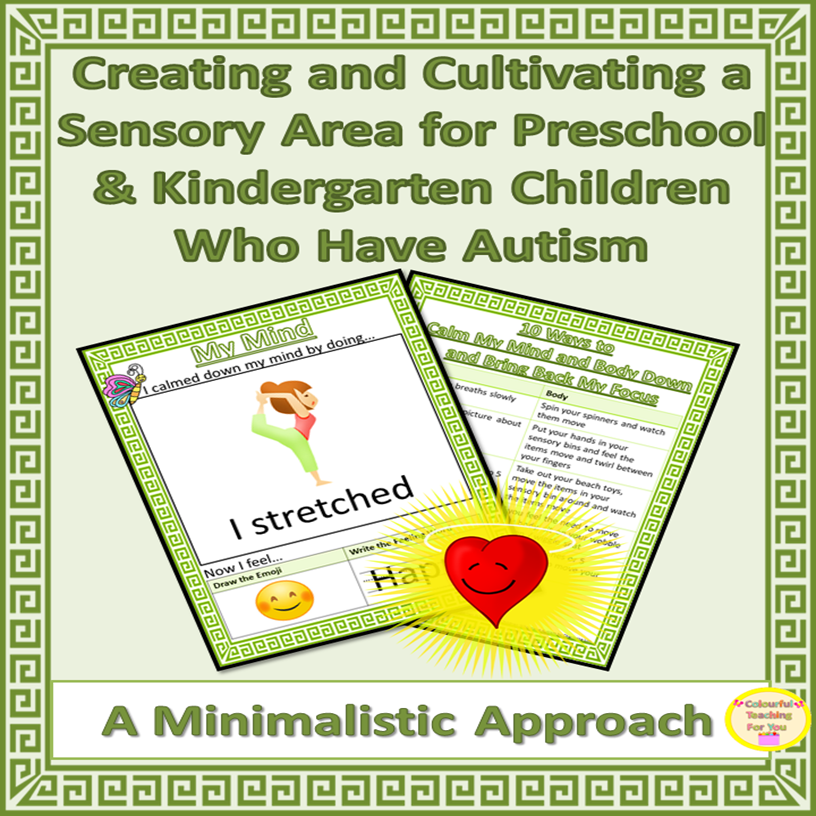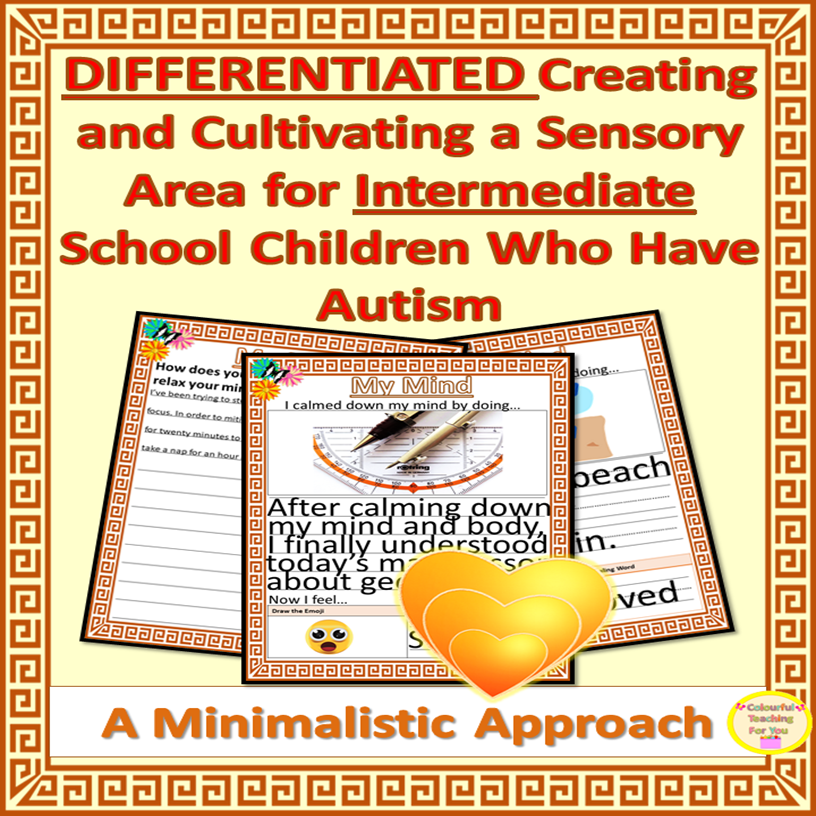
Today we’re going to talk about how to support students who have high functioning autism.
Children who have high-functioning autism don’t necessarily have an intellectual disability. Instead, they may have difficulty with emotional expression and recognition, and interacting and communicating with others.
Some signs of high-functioning autism are:
- Fixation on a specific topic or concept
- Difficulty navigating social interactions
- Struggles without a routine
- Issues with change.
- Can go from 0-10 with their emotions.
- Planning and organizing problems
This is not an exhaustive list but it’s a good starting point for teachers who are wondering if their student has high-functioning autism.
The following six strategies will help your child stay on task and understand their surroundings better. While these are important skills to teach when a child is young, it’s just as important to teach them when the child is in high school as many of them may not have learned them when they were younger or need a review.
All of these methods can be used with your whole class so as not to isolate your student.
Actionable Steps:
#1. Visual Cues
So many children enjoy reading comics or graphic novels, and enjoy drawing. Taking that into consideration, students can draw out their learning and make notes in each comic strip or block. This way, children can learn by listening to you, drawing and writing – 3 forms of learning.
#2. Support Buddy
Pair your student with someone who is understanding of their needs and who is able to keep your child on task. This is important, especially if you aren’t receiving additional support, like an education assistant. This will also help your child make new friends and not feel lonely or isolated.
#3. Manage Emotions
Teach your students about different emotions that people express. Focus on what it looks like, and feels like for the child and the other person. You may also consider going through different scenarios so that students can understand what emotions might be expressed during such instances.
If you’d like to know the types of emotions to teach and how to create a sensory and calm down area on a shoestring budget for your student who has autism, click the following image that matches your grade-level.
Depending on the level of your students, I’ve also created a resource that will help you differentiate for them:
#4. Interest Driven
Find out what your student is interested in and create a unit that’s cross curricular to teach to your whole class. Delve deeply into the topic and let your student be the expert.
This method allows them to focus, engage in their learning and love your class. It’s also great for you because you have a child who is on task, enjoys being in your class and enables you to effortlessly cover a range of core competencies or learning outcomes. This form of learning can entice the creativity within your child.
If time or energy is not on your side and you’d like support with creating your resource, contact me by clicking THIS LINK. Send me a message telling me a bit about your student, their interest, your grade level, and the core competences that you’d like to cover.
You’re also welcome to check out my store by clicking THIS LINK.
These lessons can also be taught in a whole class setting as well.
#5. Using Fidgets
Providing fidgets will help your child stay on task. Have clear rules around them. Make sure your students know that it’s not meant to be played with as a toy but it’s used to help focus the mind.
For inexpensive fidgets, check out the resources mentioned in step #3.
#6. Helping Hand
If your student is unable to focus and the fidgets aren’t working, recruit them to be your special helper for specific tasks. For example, that child can hand out books, wipe the board, or deliver messages to other teachers or your admin.
This way, your student is getting a brain break while feeling productive, and you’re getting help and an effortless way to help your child focus.
Recap:
Let’s recap really quickly. Today, we looked at the following:
- The signs of high-functioning autism
- The relevance of applying the above mentioned six strategies
- The six strategies are: visual cues, support buddy, manage, interest driven, using fidgets, and helping hand.
Free Resources:
In the mean time, if planning so that you’re ahead is not your jam, then check out the following: FREE MASTERCLASS: Systematic Plan to Super Passionate.
Next Steps:
I’d love to hear from you. In the comments below, please answer the following:
You’re welcome to join us inside ADHD and Autism Self Regulation by CLICKING HERE or on the fallowing image.
If you found this video beneficial, would you do me a favor? Share this with your family, your friends, your loved ones, your co-workers or someone who you think could benefit from this. Thank you!
I’ll see you next Friday at 5:30pm PST.
Until I see you next time, remember to create, experience & teach from the heart.
Take care,
Charlotte









